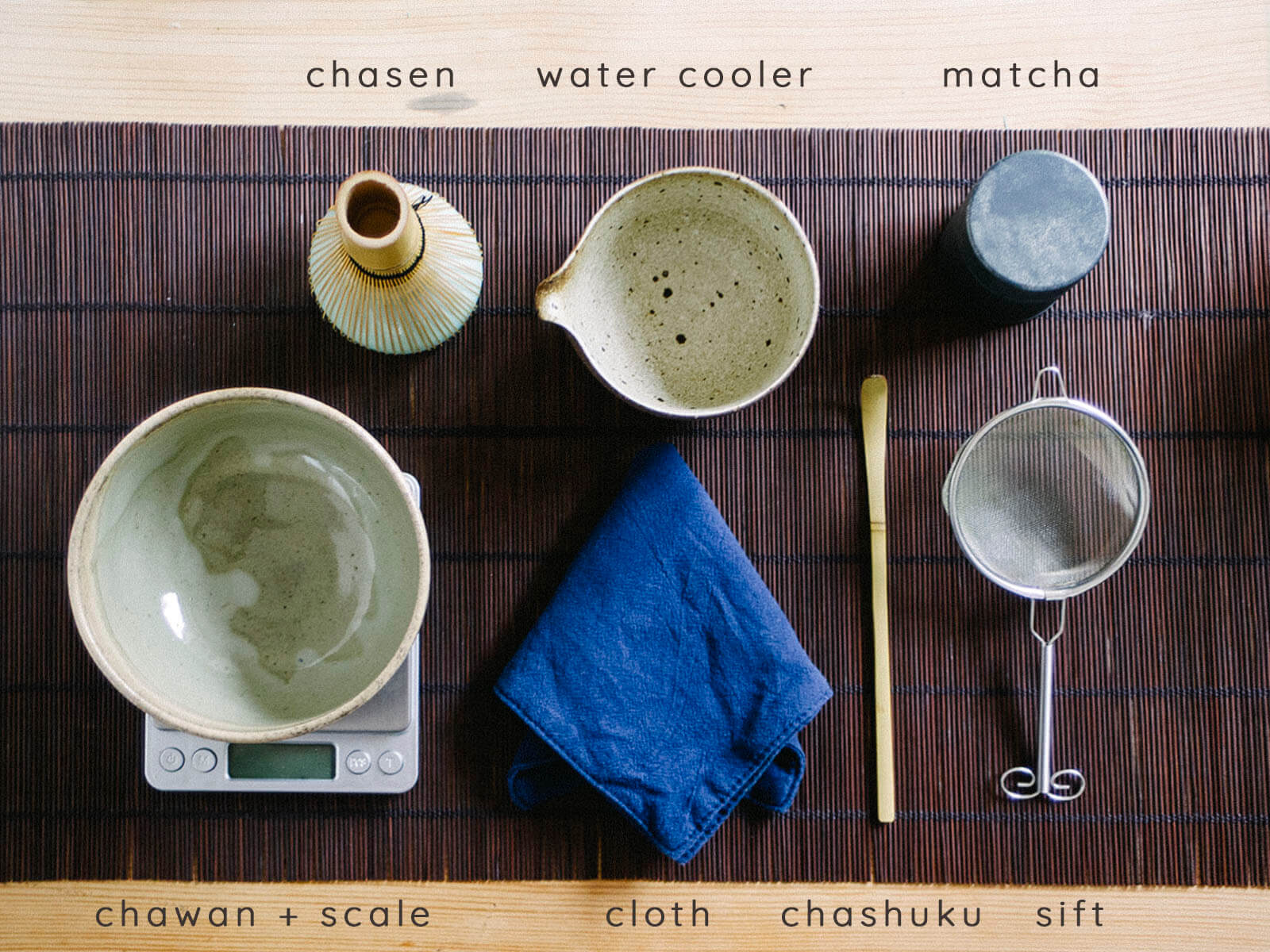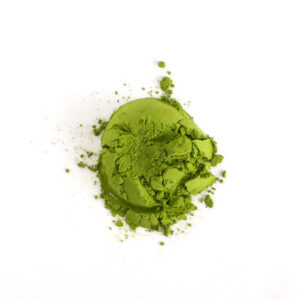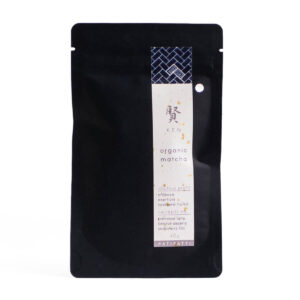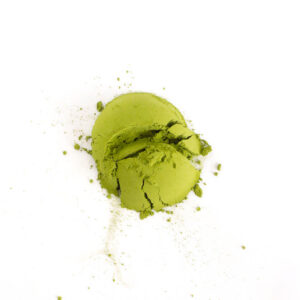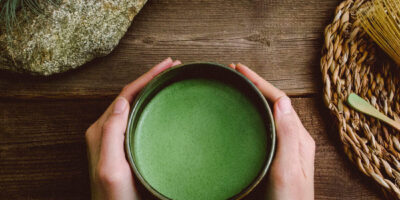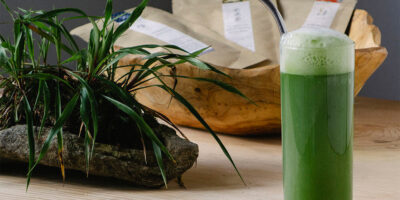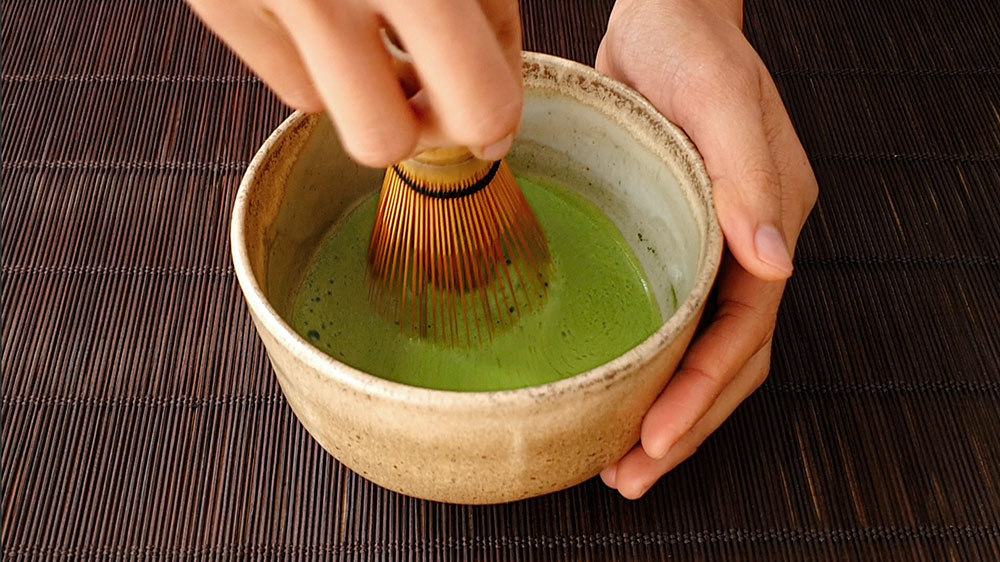
Daily Usucha
We enjoy matcha both for its taste and the beautiful tea experience it provides. Heating the water, cleaning and warming the bowl, the act of sifting and whisking, and finally drinking. If you are looking for a calming practice that will bring some quiet enjoyment to your daily life, then taking the time to whisk up a bowl of usucha could help with that.
Making an informal bowl of usucha is simple enough but takes some practice, especially if you want to enjoy a bowl of well brewed tea. If it seems a little complicated at the start, please don’t worry. As with all practices, learn, discover and improve at your own pace, and have fun with it!
What makes a good bowl of usucha?
- The key to a bowl of tasty usucha is of course, good matcha. Do not even try to make an usucha with bad quality matcha. If the matcha looks yellow-brown, smells astringent/sour, and is not a shade of vivid green that attracts your eyes, please… do something else with this bad matcha. Good matcha looks and smells delicious – you can even taste the powder straight and it will be very pleasantly complex like quality dark chocolate. We have come across too many bad “matcha” around. Understand that quality matcha and tea commands a higher price, but you get a vastly better taste and real health benefits from drinking quality tea.
- Next important key is water – both the source of water, and the temperature when it infuses with the matcha. Generally with most teas, spring water is best, then well water, mineral water, and only using filtered water or municipal tap water as a last resort. It depends on what you have available.
- Third, you need a chasen (bamboo tea whisk) to really whisk up an usucha. The fine tines of the chasen really breaks down the clumps of static matcha and creates a smooth drink with good fine foam (if you like foam). Regular metals whisks or small battery-operated frothers do not perform the same.
Everything else like choice of bowl, kettle, etiquette, is less important because we are not doing a chanoyu (茶の湯) ceremony or any formal tea practice, which is significantly different. We are just trying to enjoy making a bowl of delicious tea!
If you are just starting out with usucha, we highly suggest you measure accurately with a scale so you achieve an “accurate” taste of usucha. As you gain familiarity, you may be able to gauge how much tea and water to use. You may also decide to vary the tea and water amounts, and which steps to include in your practice depending on your preferences.
For these instructions, we are using our organic Matcha Sei, which is what we recommend for making a daily drinking usucha. We have also put together a short video to help you understand the process better.
Usucha Instructions
What you need:
-
- High quality Matcha
- Water (65 – 70°C when it touches the matcha)
- Small fine mesh sift
- Yuzamashi (Water Cooler) or Fairness Cup or any small pitcher to cool down the water.
- Chasen (Bamboo Whisk)
- Chawan (Tea Bowl) or any bowl around ± 11cm to allow enough space for the whisking action
Optional but highly recommended:
-
- Weighing Scale (0.1 g accuracy)
- Temperature controlled kettle (if not, you can actually gauge water temperature by observing the size of the bubbles while it’s heating up)
- Clean cloth for drying bowl
- Heat up some water to 80°C. In the meantime, prepare everything you need.
- Pre-warm the bowl and whisk – When the water is heated, pour a small amount of water into the tea bowl. Let it sit for about 15s to warm the bowl. Warm up the whisk as well by gently dipping and rotating the whisk in the water to ensure all the tines are moistened. Discard this water, and dry the bowl.
- Weigh and sift the matcha – Place the sift over the tea bowl, and then on the weighing scale. Weigh out 2g of matcha into the sift. 2g of matcha is about 2 heaped chashuku or 1 regular teaspoon (flat). Use your spoon to gently press the matcha through the sift into the bowl. Enjoy the scent released by the matcha as it touches the warm bowl.
- Measure and cool the water – Place the Water Cooler on the scale. Pour 70ml of hot water into the Water Cooler. This water temperature should reduce to around 70°C. (Water temperature reduces by approximately 10°C each time it touches a new vessel.)
- If you wish for a gentler brew, you may even add a small splash of fresh water to the Water Cooler which should reduce the temperature further to about 65°C.
- Pour this 70ml of water into the matcha bowl, taking care not to splash any matcha out of the bowl.
- Break up large clumps – Use your whisk to incorporate the matcha with the water, moving back and forth GENTLY, and in circles a few times to get rid of any big clumps.
- Whisk well – When no more big clumps are present, it is time to start whisking quickly. The rapid whisking action stems mainly from flicking your wrists back and forth, trying to draw an “M” shape back and forth across the bowl. Avoid rubbing the whisk against the bottom of the bowl to protect the whisk from wearing down or breaking.
- Appreciate the aroma from the bowl and watch your matcha magically start to froth up – big bubbles first, then developing into a finer foam. It typically takes about 20 seconds of whisking to develop fine foam.
- You may stop anytime the matcha is well mixed and suspended in the water, and has developed enough foam for your liking.
- Finish off the whisking by slowing down the “M” whisking motion to break any larger bubbles. Then draw one last circle with the whisk, ending in the middle of the bowl. Lift the whisk up from the middle to create a little “mountain peak” if you like.
- Enjoy your usucha while it’s warm – Usucha is meant to be drunk at once, and not sipped slowly like a typical mug of tea.
Tips and Tricks
- You can skip steps like pre-warming the bowl and/or using a water cooler. As long as the water is under 70°C when it infuses with the matcha, any astringency and bitterness can be kept low.
- If you do not have a small fine-mesh sift, you can add a small splash (~20ml) of cool water to the matcha in the tea bowl. Mix gently with your whisk to incorporate the matcha into a smooth liquid. Using cool water doesn’t cause the matcha to clump together like hot water does.
Regarding Matcha foam
Different people enjoy different amounts of foam in their usucha. At Patipatti, one of us likes thick foam, while another prefers barely any. The three main Japanese schools of tea have different “standards” on the amount of foam in the tea, some preferring just slight bubbles and no foam.
In China, where matcha has its origins, the art of whisking powdered tea reached its peak during the Song Dynasty (960-1279 AD). The literati of that time would hold tea gatherings and have friendly tea “battles” (斗茶). The winner was determined by who developed the whiter and fuller foam, and whose foam sustained the longest.
During this time, there was also a form of latte art called “cha bai xi” (茶百戏) where beautiful calligraphy style paintings were done on the surface of the tea foam. Very similar to how baristas make latte art on the crema of an espresso. We look forward to sharing more about these tidbits of tea culture and history in future articles.

